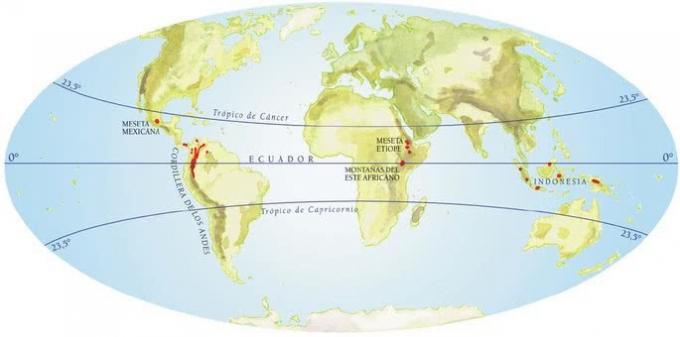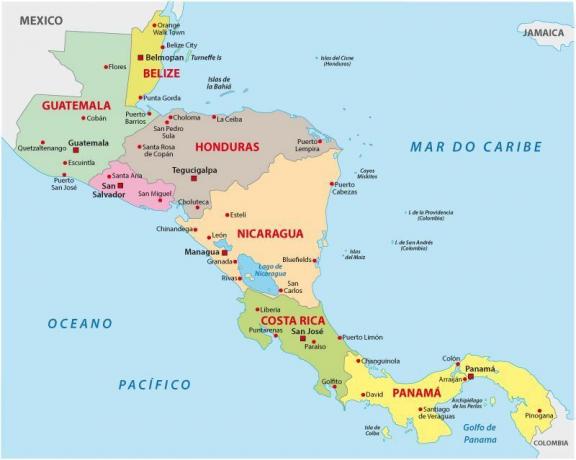Mauritania is an African nation located in a transition area between Mediterranean Africa and Sub-Saharan Africa. The country borders Western Sahara (to the northwest), Algeria (to the north), Mali (to the south and east), Senegal (to the southwest), in addition to being bathed by the Atlantic Ocean (to the west).
In 1903 Mauritania was transformed into a French protectorate. National independence was achieved in 1960, and Islamic law was adopted. The country was the last to abolish slavery, in 1981. However, human rights organizations denounce that slave labor is still practiced in Mauritania.
The Sahara desert covers more than 65% of the national territory, a fact that hinders the development of the agriculture, which is carried out only on a narrow strip of land in the south, where dates and cereals. The main economic activity in the country is the extraction of iron ore, but another highlight of the national economy is maritime fishing.
With several socioeconomic problems, Mauritania has a low Human Development Index (HDI): 0.433. The infant mortality rate is high – 72 deaths per thousand live births. Illiteracy affects about 44% of the inhabitants.

Mauritania Coat of Arms
Do not stop now... There's more after the advertising ;)
Mauritania data:
Territorial extension: 1,025,520 km².
Location: Africa.
Capital: Nuakchott.
Climate: Arid tropical (north) and tropical altitude (south).
Government: Republic with mixed form of government.
Administrative division: 13 regions, subdivided into 53 municipalities and 216 districts.
Languages: Arabic (official), French, regional languages (main: Poular, Ulof, Soninque).
Religions: Islam 99.1%, other 0.8%, no religion and atheism 0.1%.
Population: 3,290,630 inhabitants. (Men: 1,668,537; Women: 1,622,093).
Composition: Berber Arabs 75%, sapinques, jumps, tucules, peules and ulofes 25%.
Demographic density: 3.2 inhab/km².
Average annual population growth rate: 2.4%.
Population residing in urban areas: 41.18%.
Population residing in rural areas: 58.82%.
Undernourished population: 8%.
Life expectancy at birth: 63.6 years.
Households with access to drinking water: 60%.
Households with access to a health network: 24%.
Human Development Index (HDI): 0.433.
Currency: Ouguiya.
Gross Domestic Product (GDP): 2.8 billion dollars.
GDP per capita: $874.
External relations: World Bank, IMF, UN, AU.
By Wagner de Cerqueira and Francisco
Graduated in Geography
Brazil School Team
countries - geography - Brazil School
Would you like to reference this text in a school or academic work? Look:
FRANCISCO, Wagner de Cerqueira e. "Mauritania"; Brazil School. Available in: https://brasilescola.uol.com.br/geografia/mauritania.htm. Accessed on June 28, 2021.



